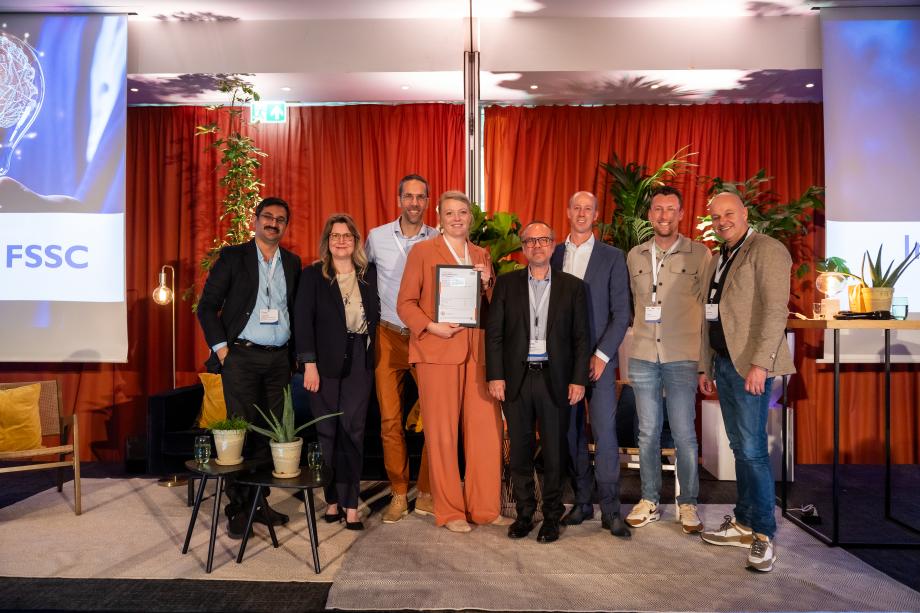Throughout the years of compliance activity, there have only been two valuable and decisive tools for success that will permanently alter any compliance activity across an organization: Training and Communications.

Why? Most of the time, an organization’s compliance duty is to drive the correct behavior from employees. Doing this, among other compliance activities, protects the company in many ways by avoiding conflict and scandals from harmful or wrong behavior, first and foremost, by its employees.
Achieving behavioral and cultural change means changing how employees think or, at least, making decisions on specific topics or during particular situations. Two crucial elements are your Corporate Business Principles (how we behave as a company towards other companies, governments, and societies) and your Code of Conduct (how we act as persons in the company), setting most “do-this” and a few “do-not-do-that”.
Company Culture
However, driving and changing your enterprise’s culture is always delicate and not-so-evident. Often underestimated to the detriment of the business, company culture is a significant factor in the success or failure of an organization as a society. Acting in a way that reflects the values and mission of the company, culture is the fastest way for a business to achieve its objectives.
One of the most essential roles for executive management in any corporation is driving the right company culture, setting the benchmark, and fostering it amongst employees. Management establishes the expectations and tone and shows an example. The Compliance team can then echo those sentiments using communications and training to instill these values as the reflex response of employees, providing a lighthouse or beacon when facing decisions.
However, Executive Managers often forget this basic principle of good governance when setting key new activities that imply a change in company behavior and, therefore, behavioral change in employees. Introducing Environmental, Social, and Governance (ESG) transformations fall into this category of cultural change.
These are changes in business and personal conduct principles, such as re-evaluating the supply chain from an environmental and social impact perspective. Thinking beyond providing basic procurement to how goods or services have been produced is not an immediate and evident reflex for the team members within a company.
The Wrong Approach to ESG
If we agree that introducing an ESG perspective into your business will affect and change employees’ thinking and behavioral conduct, why do so many corporations take a top-down approach to ESG? How do they justify these activities based on compliance considerations, “by decree,” not directly involving the employees beyond a basic line of communication, “look how good we are”, and not involving employees as part of that effort? The lack of cultural integration is the cause of many struggles and failures for these types of projects.
By advocating for and advancing the compliance excuse, people will immediately feel they must do administrative work to comply with the law. However, if a company can declare and communicate that these activities are the right thing to do, it may better capture employees’ interest.
Empowering Employees
Turning these initiatives into a common shared initiative and empowering employees to participate and take ownership through mentality shifts will be more likely to succeed. Ultimately, it fosters cultural change by setting new habits and ways of thinking, producing permanent change. That should be the fundamental objective for all businesses, not that of doing ESG activities or reporting to comply with legislation.

Original article written for LinkedIn by: Francisco J. Esteve



